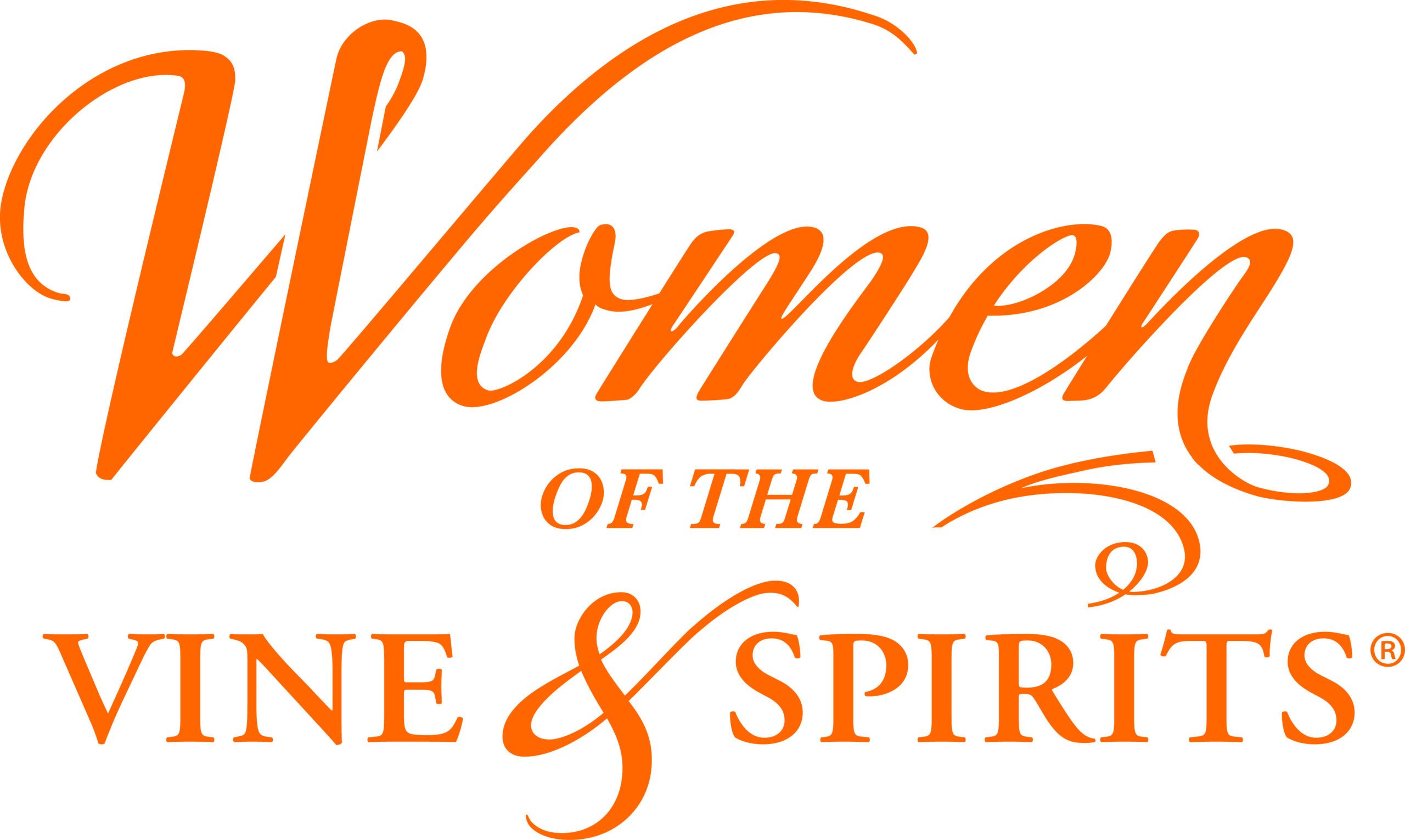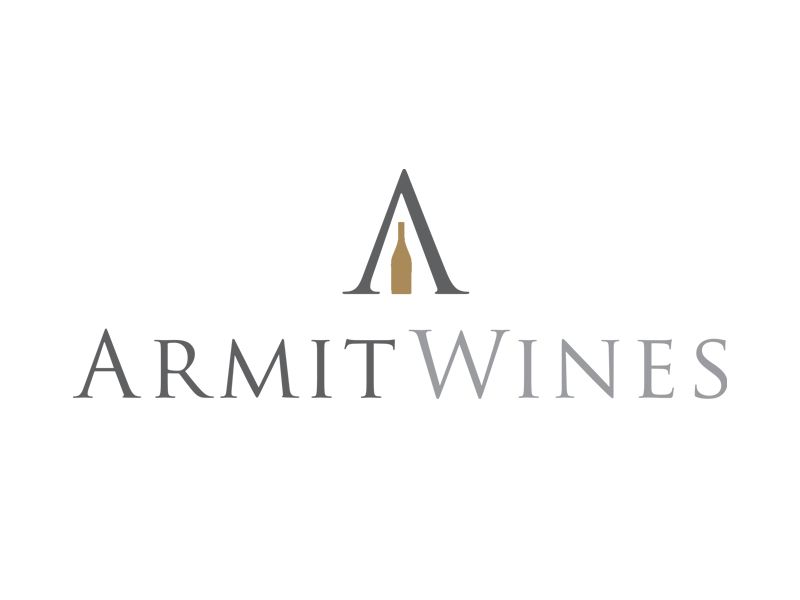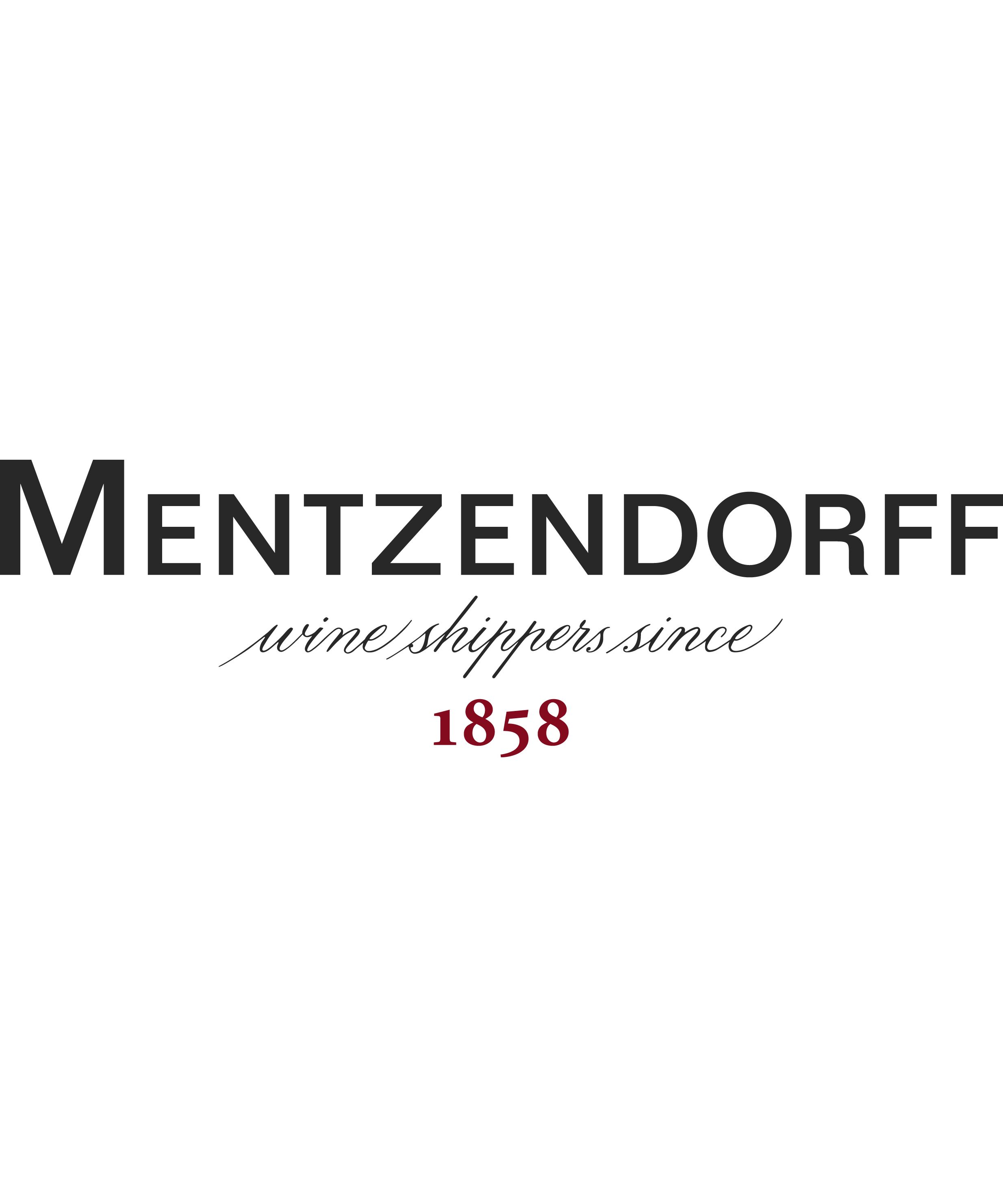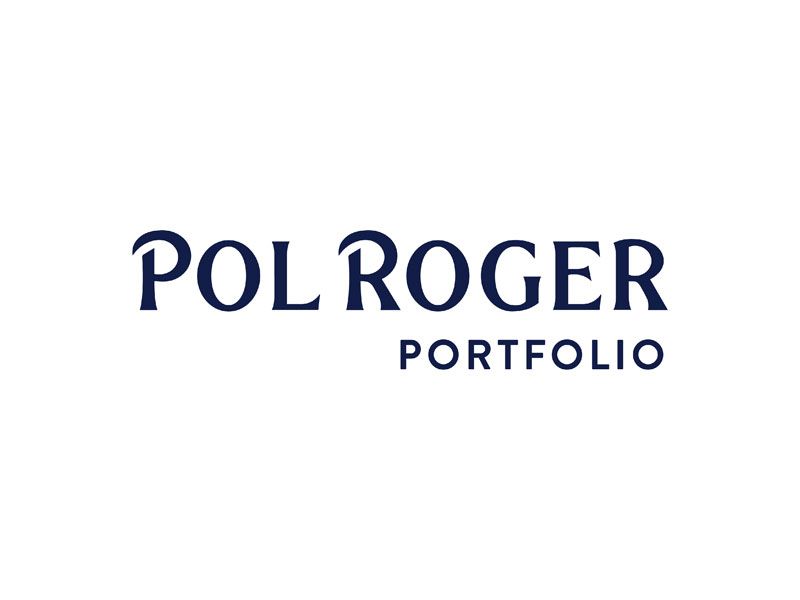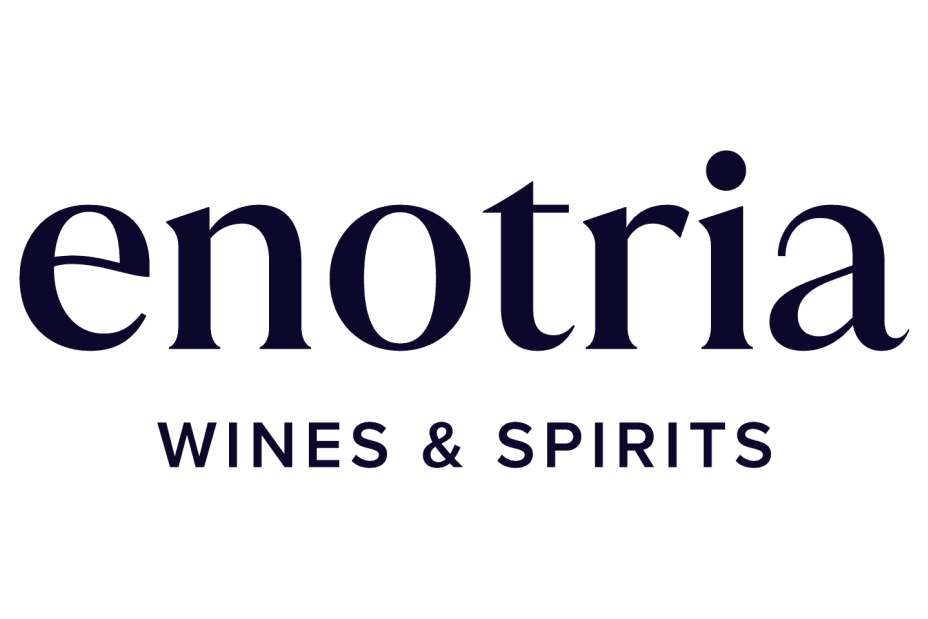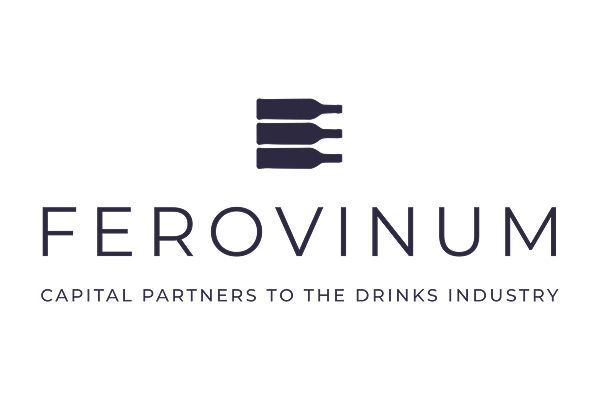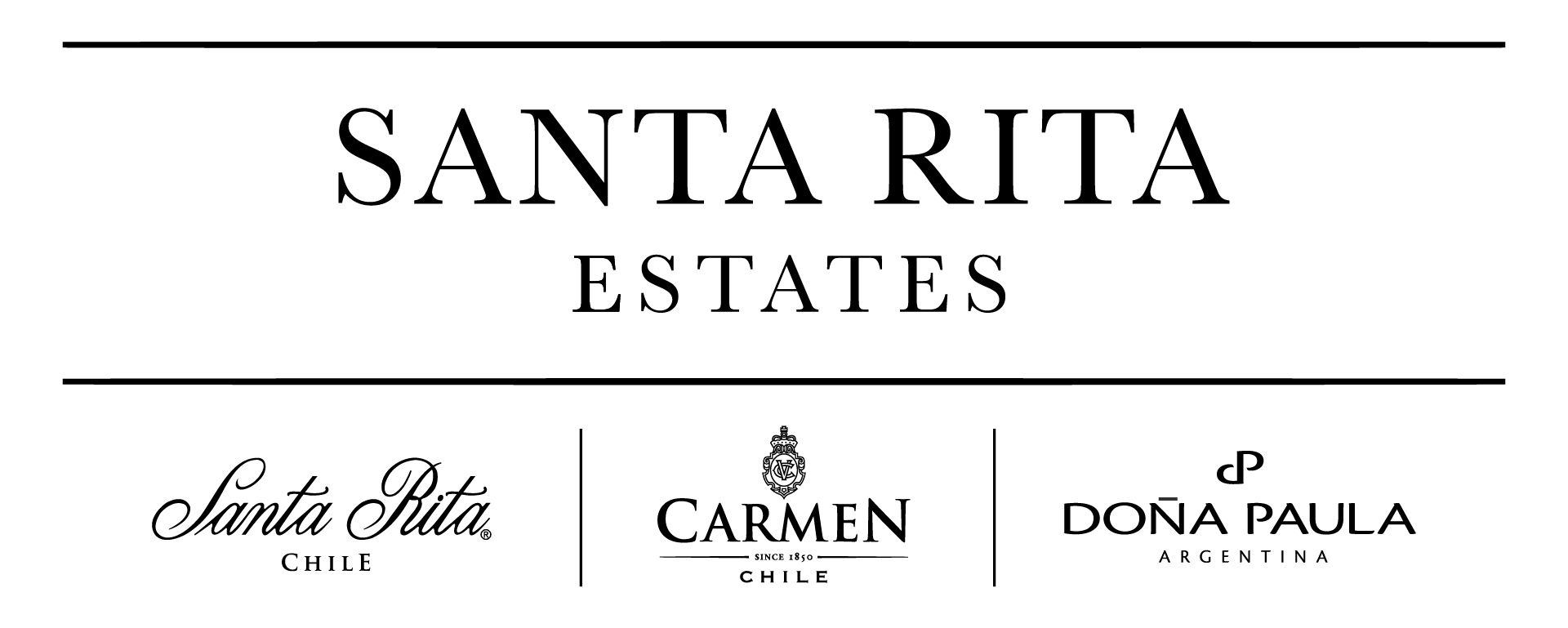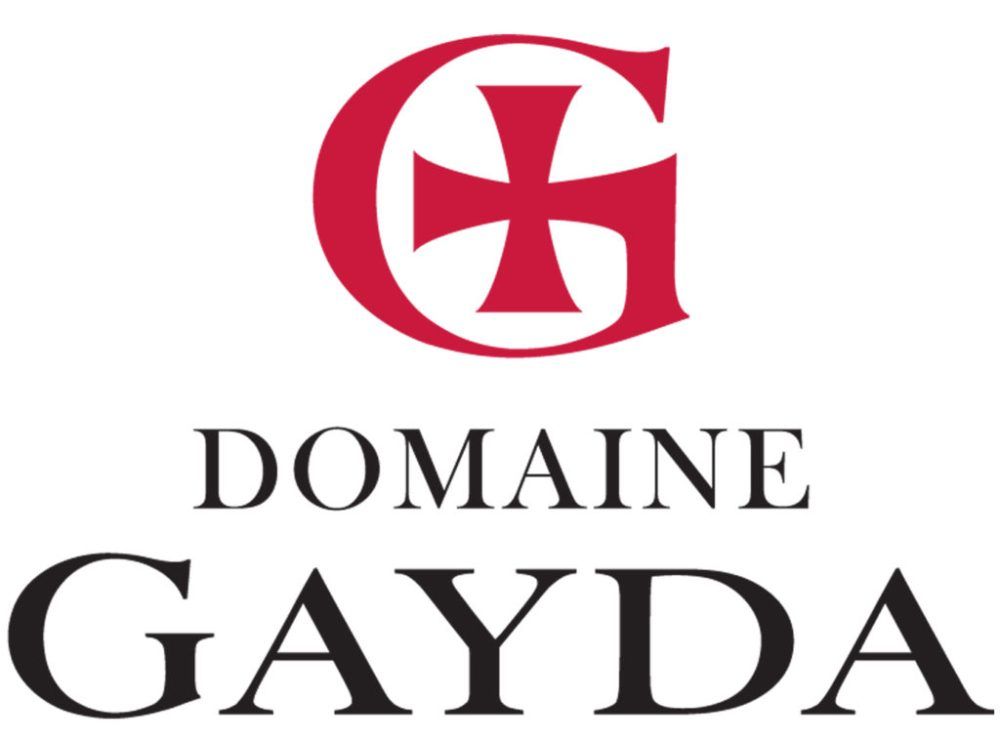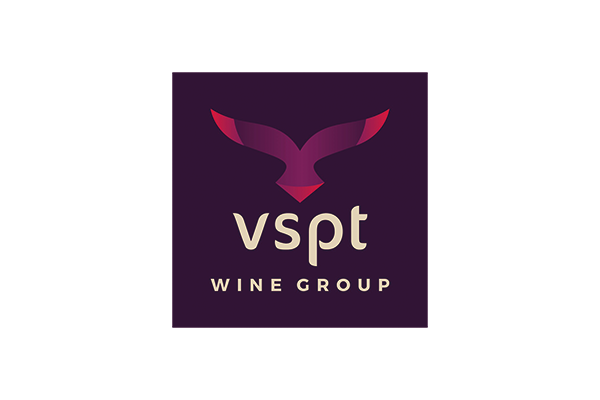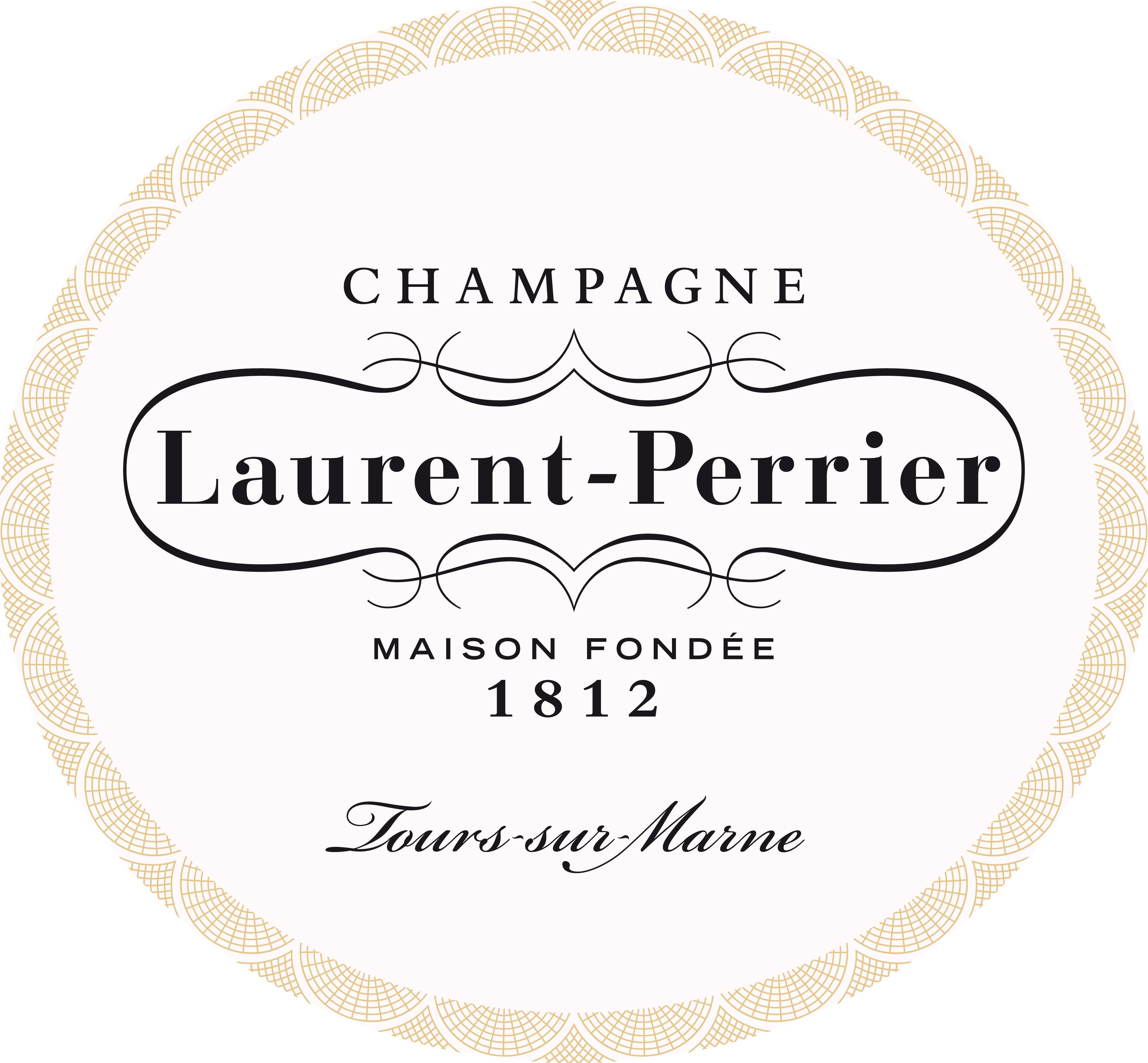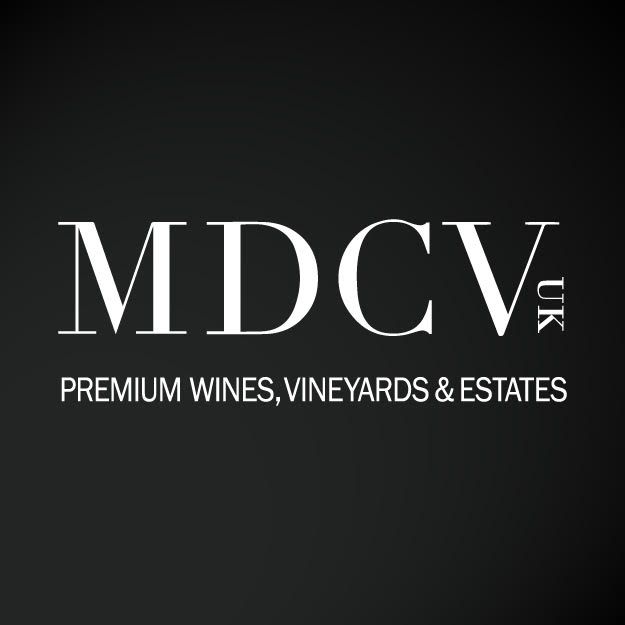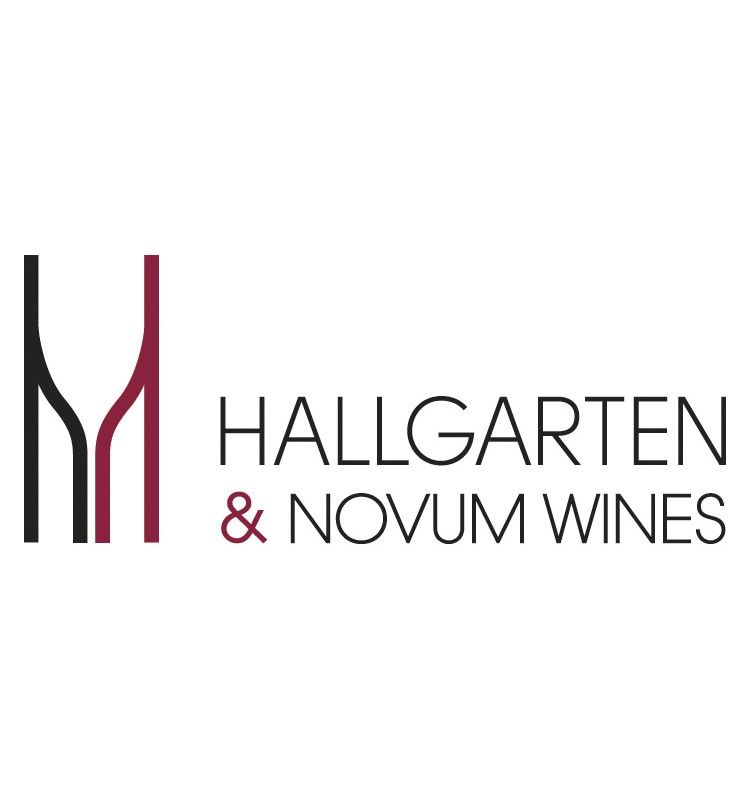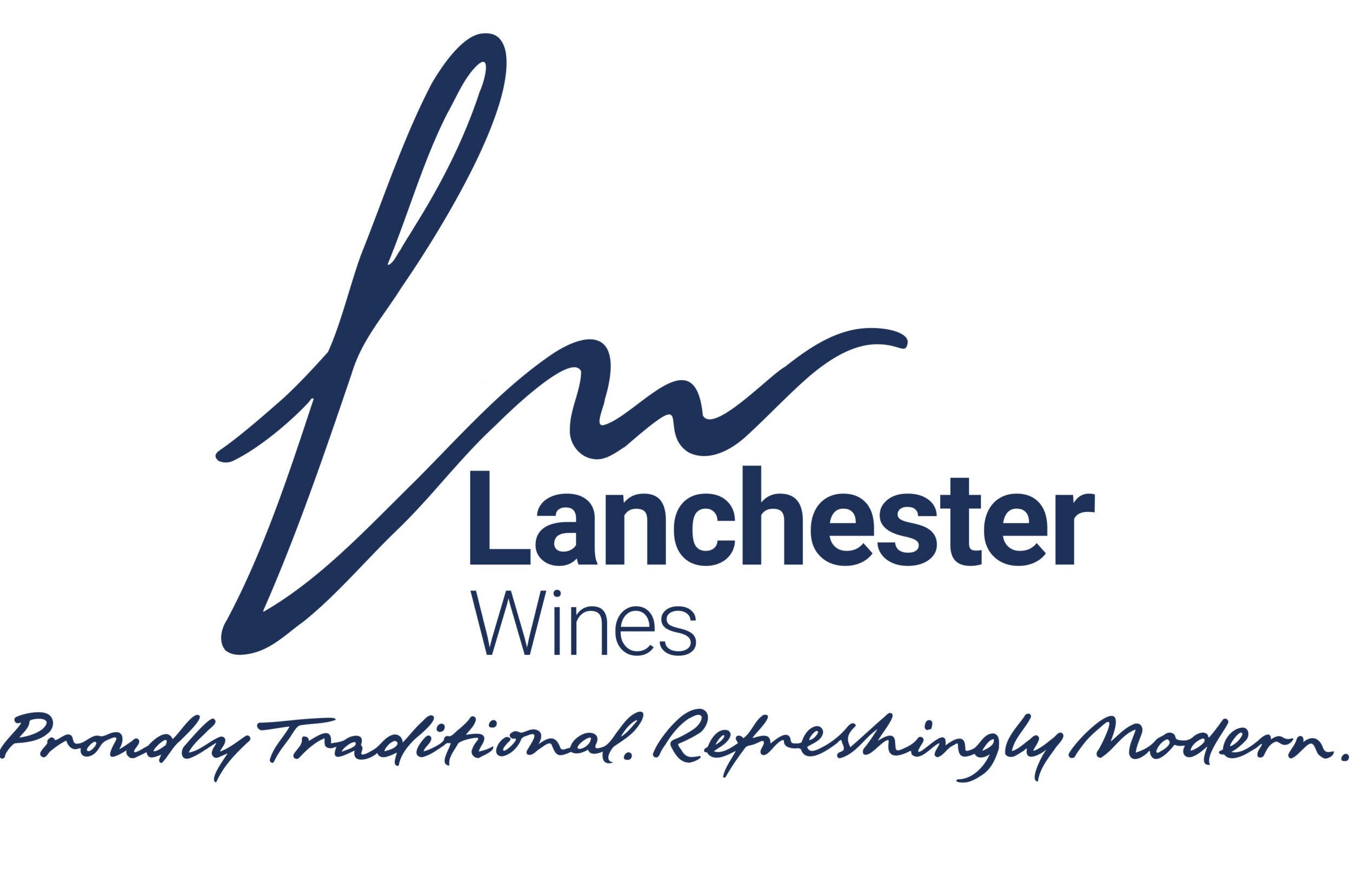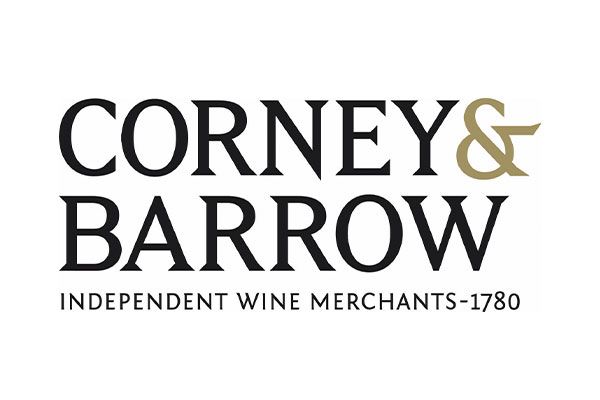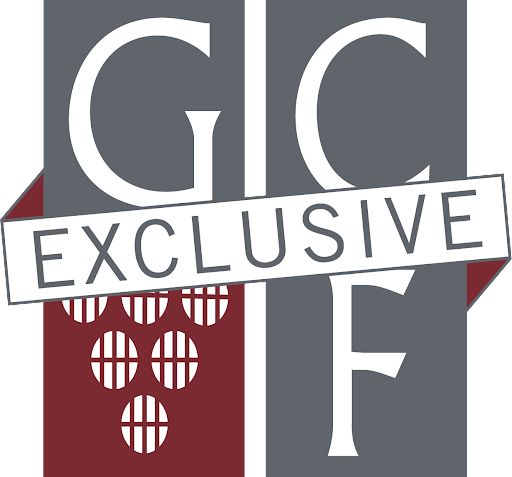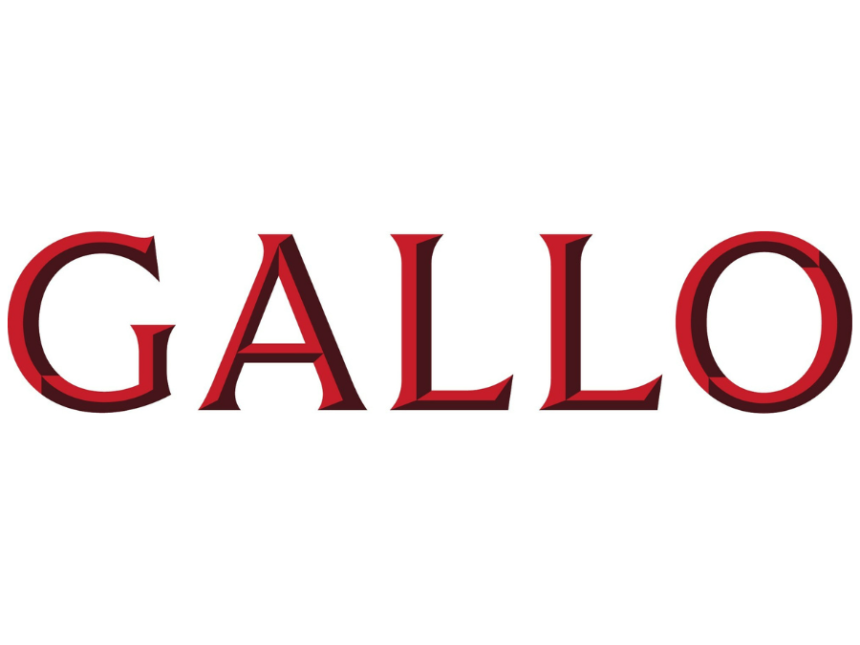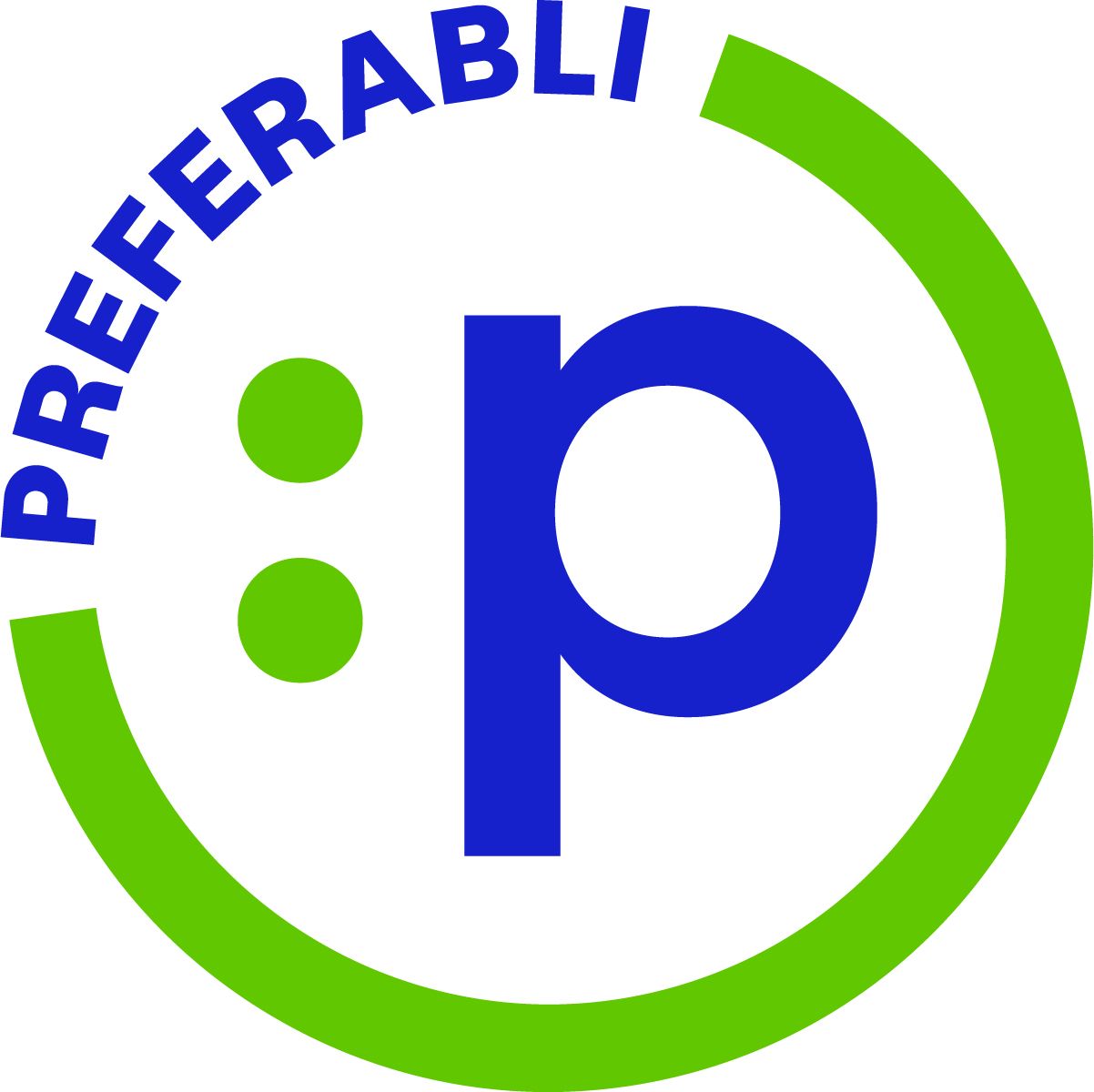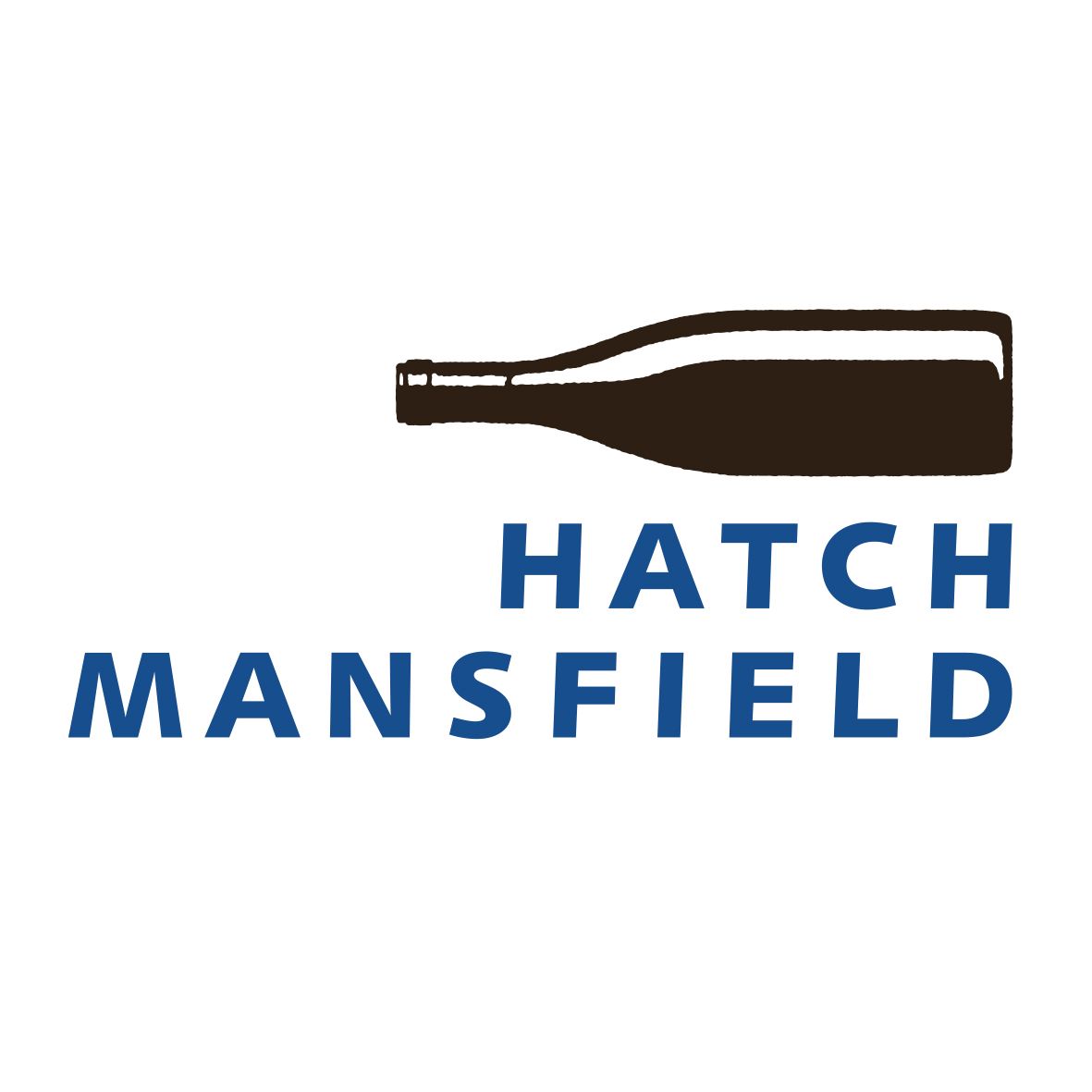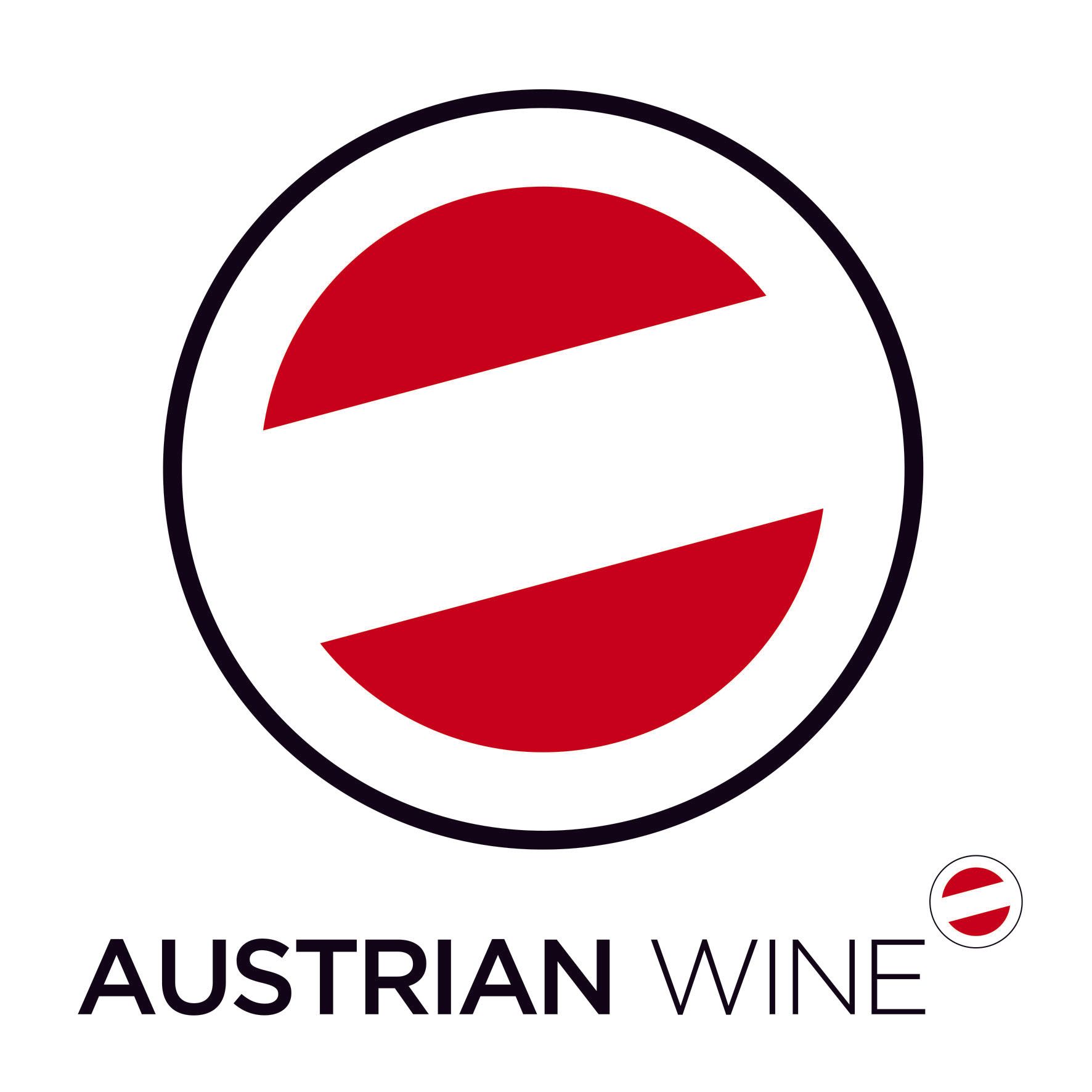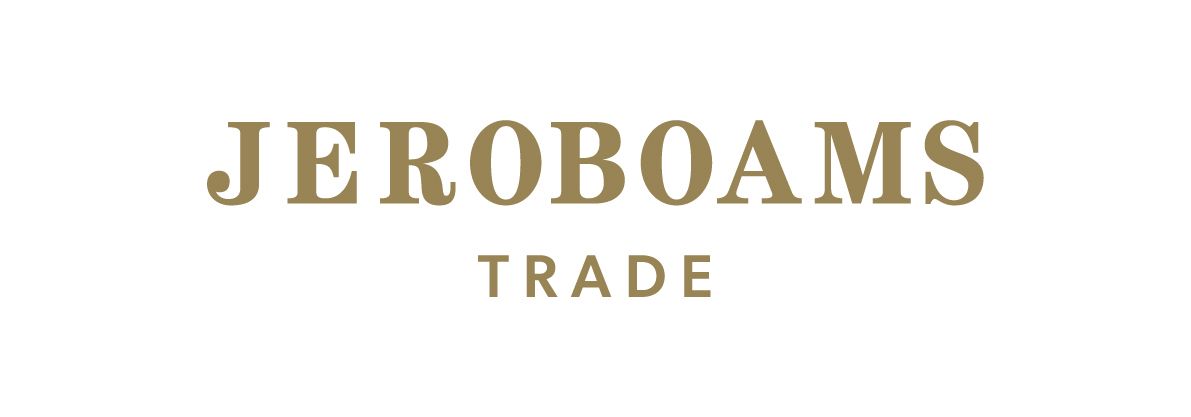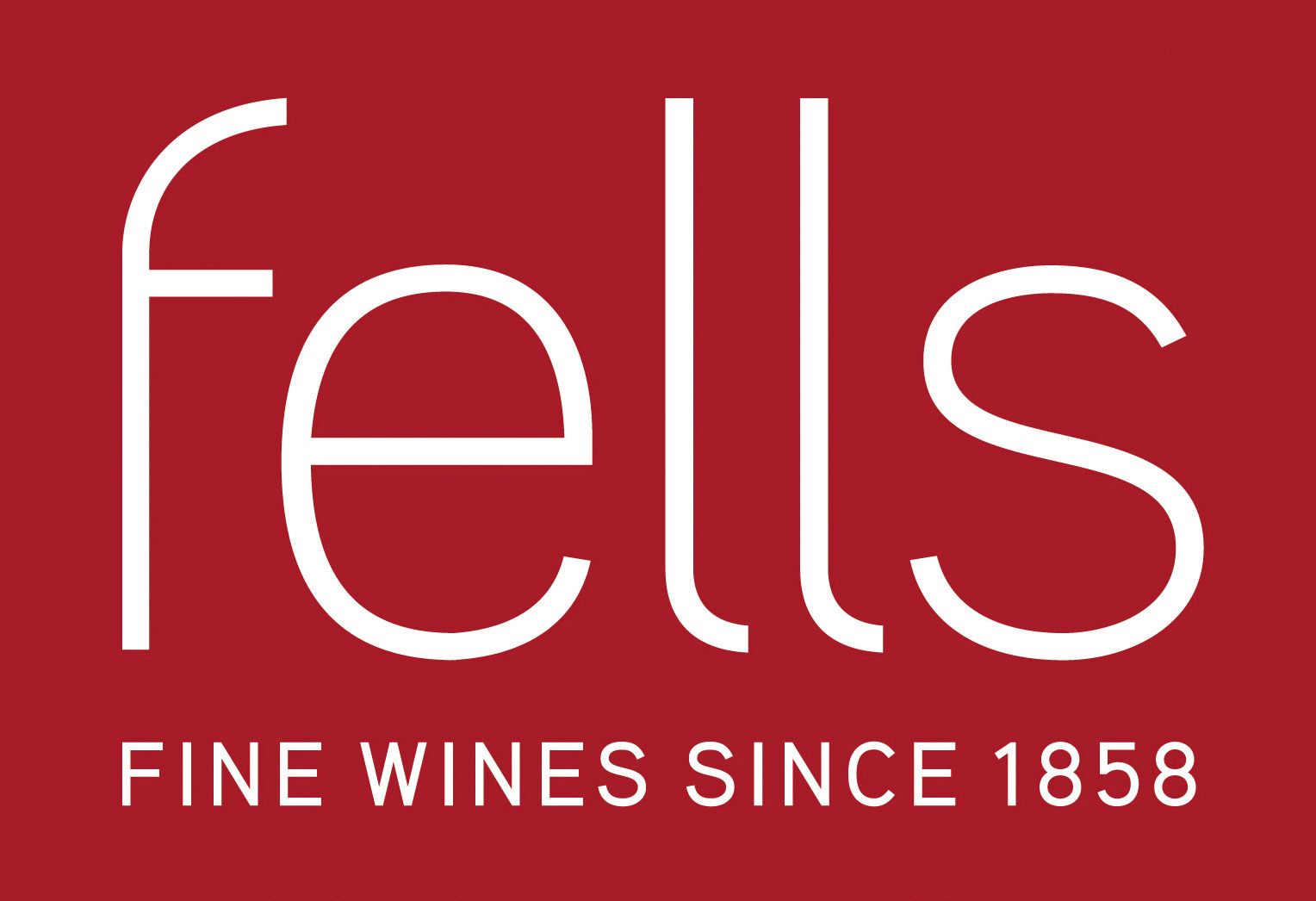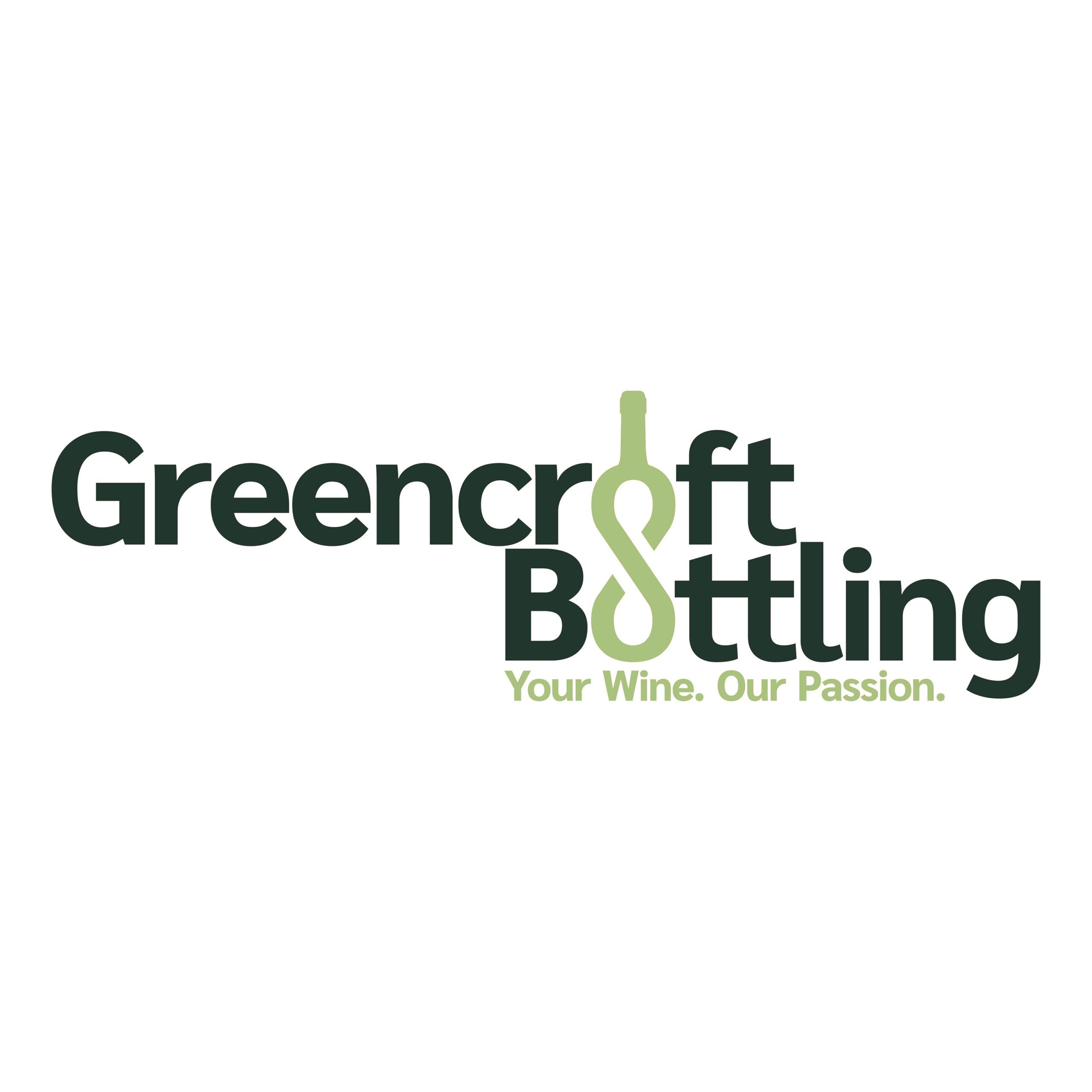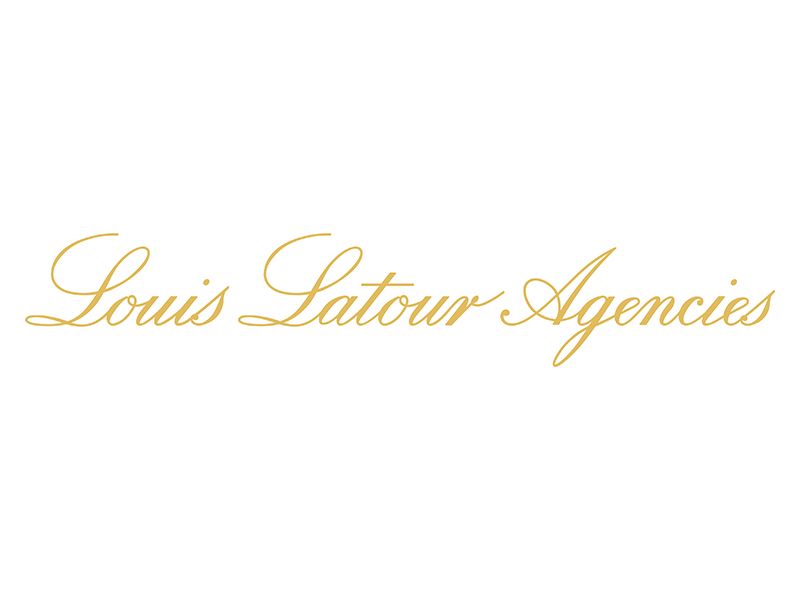“We are being hit on all sides,” is how Bernard Fontannaz, managing director of South Africa’s Origin Wine and a major supplier to the UK, described the fallout from the new duty rates and increased packaging and supply chain costs under EPR.
He, like other major players supplying the UK wine market were at ProWein to make sure they were on top of what their customers were looking for. But within reason.
At one end of the market Fontannaz said he was delighted with the success it has had introducing 0.5% ABV wines into the market and the “volumes are terrific” if you can get the quality right. But conversely it had “dipped its toes” into the mid-strength wine market and not seen the results it was hoping for.
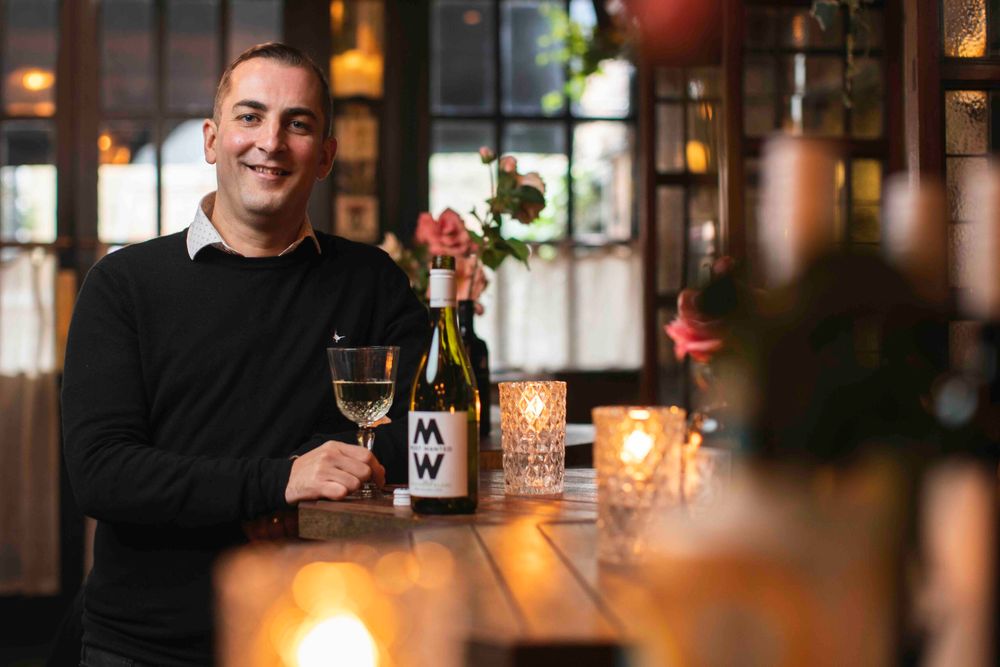
Off Piste Wines' Andy Talbot said he can't remember a time in business when decisions are being so affected by political intervention
Andy Talbot, managing director of Off Piste Wines, said it was vital to be at show like ProWein just to be able to talk to as many customers, buyers and even competitors about the harsh trading conditions everyone is having to work in.
He explained: “It has been a very challenging couple of months with duty changes and now EPR and PRNs (Packaging Waste Recovery Notes). It is not what we want to be talking about. We are all having to deal with a lot of supply chain issues all at the same time. There are a lot of distressed businesses out there and have a lot of cash tied up.”
He added: “There are too many people sitting on too much stock. Every warehouse is full of product. It is very much a buyers’ market.”
At the commercial, supermarket end of the wine market Talbot believes the changes to the duty regime have not been helped by the early branded entrants into the lower ABV wines and the price points they were able to achieve.
He argues the quality simply was not there on many of the no alcohol and mid strength wines, in particular, that came into the market and it certainly has not resulted in the volumes that major retailers were expecting.
The big issue for wine, said Talbot, is making a quality purely alcohol free product that comes in at the legal requirement of 0.05% rather than a de-alcoholised product that can be sold at 0.5%.
“There is a big difference between the two,” he stressed. “We spent two and a half years to get our 0.5% ABV wine just right for Most Wanted in a can. But some of the market was not as diligent as say an entrepreneur would be. There was a lot of quick NPD out there which was far away from what the consumer was looking for. You have to look at the consumer and what they want to drink. There needs to be more single serve solutions and not bottles.”
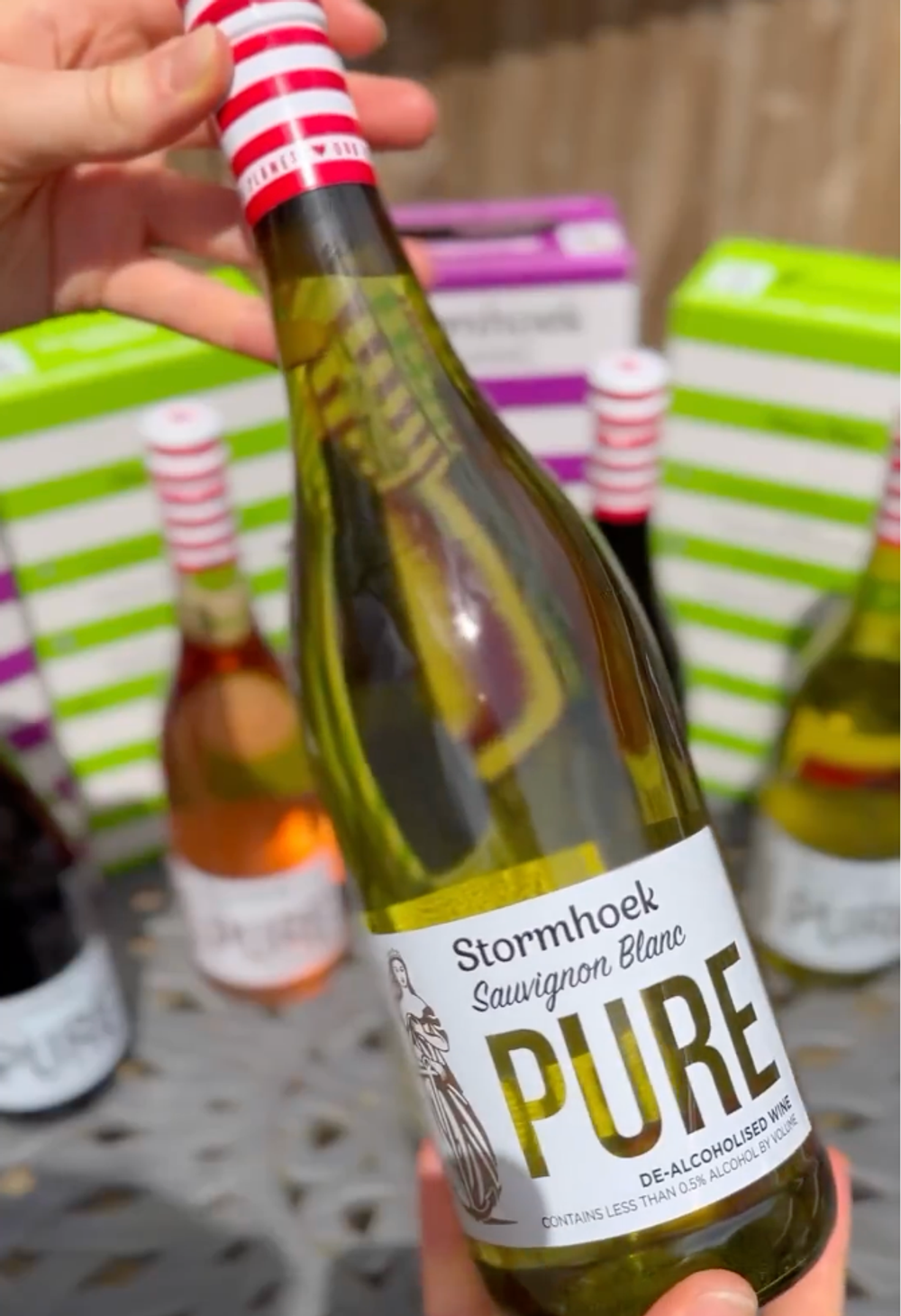
Stormhoek Pure from Origin Wine has been "flying" in Majestic stores says Bernard Fontannaz
Fontannaz agreed about the “massive difference” between 0.5% and 0.05% wines and said the key to getting those wines right is starting with a better quality wine than has been done before.
Just because you are going to take the alcohol does not mean using the lowest grade fruit, quite the opposite. In order to get the best tasting zero, or near zero alcohol wine you have to start with top quality wine, he added.
“That has been the biggest learning curve of the last year. You need to over deliver with the quality. Beers like Guinness are setting the benchmark for the category.”
It has had particular success for its Stormhoek Pure 0.5% ABV in Majestic with volumes well above expectations. It is not just in the UK where it is seeing demand for zero alcohol wines. It was able to sell in six months the volumes it expected to do in a year in the Netherlands. Whereas he admits its 6% ABV wines “had flopped”.
Whatever solutions companies come up with it is clear “everyone is drinking less than they did 15 or 20 years ago - it’s chalk and cheese to those times,” said Talbot.
Danger signs
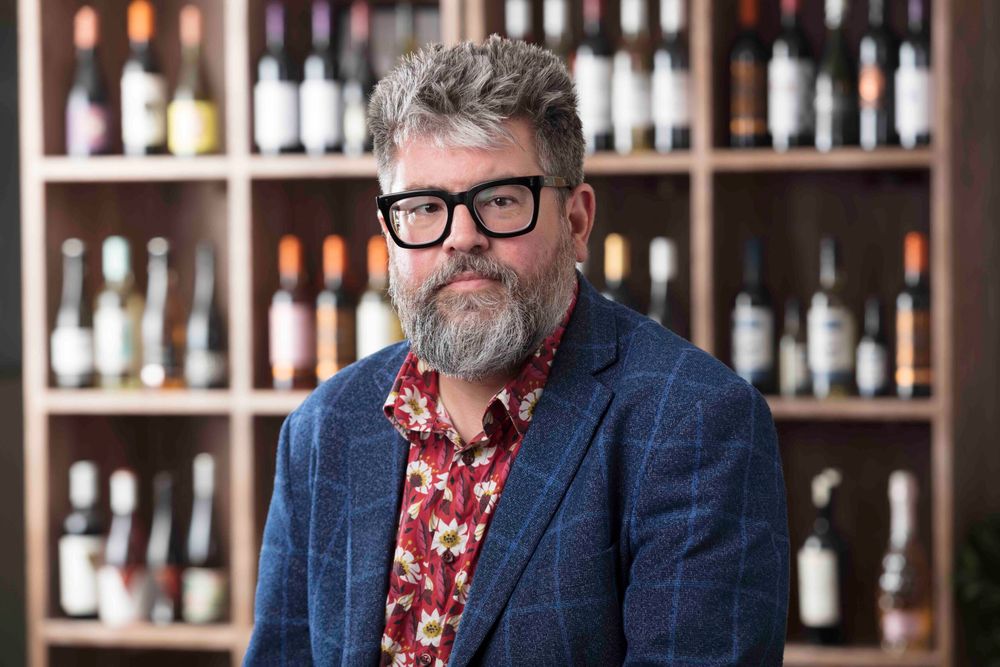
Andrew Porton said the wine industry is in danger of damaging the image of its prouct by having low quality low alcohol wines in the market
That might be the case, said Andrew Porton, group director of wine at Lanchester Wines, but he is not convinced the general consumer understands when it comes to “alcohol manipulated wines” as he calls them.
“We are ruining the long term future of wine,” he warned. “We are already having problems with people drinking wine. Some people have panicked and responded to the duty changes with a knee jerk reaction. But we all need to take a deep breath and work out what we need to do in order to keep this industry alive.”
He asked if can you imagine another FMCG category that is faced with a tax challenge and responds by making “its product worse”?
Instead Lanchester Wines and Wine Fusion, he said, are looking to work with its producer partners to source wines around 10.5% to 11.5% that are naturally made and are still, vitally, quality wines.
“We have a Côtes de Gascogne blend that is yummy at 10.5% ABV for example. It’s made in a way that makes sure it tastes nice.”
“We will do what is right for our wines,” is very much the view of David Babich, chief executive of Babich Wines in New Zealand when it comes to answering the call for more lower ABV wines from the UK market. He said that whilst it is very “mindful” of the pressures from UK buyers and retailers to lower ABV rates it is pretty much set at having its wines at 12% to 12.5% and does not want to go lower than that.
It is also in a strong position as it owns, or controls the vast majority of the grapes it is working with throughout the year.
Babich also believes this is a good opportunity for the retail sector, in particular, to further make the case for the quality you can get by trading up. “If you spend a little more you get so much more in terms of the quality of wine. That NZ$2 is reflected in the wine.”
Wine consultant, Richard Leaver believes Portugal is well placed to do well out of the new UK duty system. He was at ProWein working with Jose Maria da Fonseca, producers of the recently relaunched Periquita brand, which it claims is the oldest still wine brand in Portugal, which has a number of wines that sit around 12% to 12.5% ABV. Hugely approachable wines that can deliver freshness but also have the weight and mouthfeel of a quality wine, he says.
EPR challenges
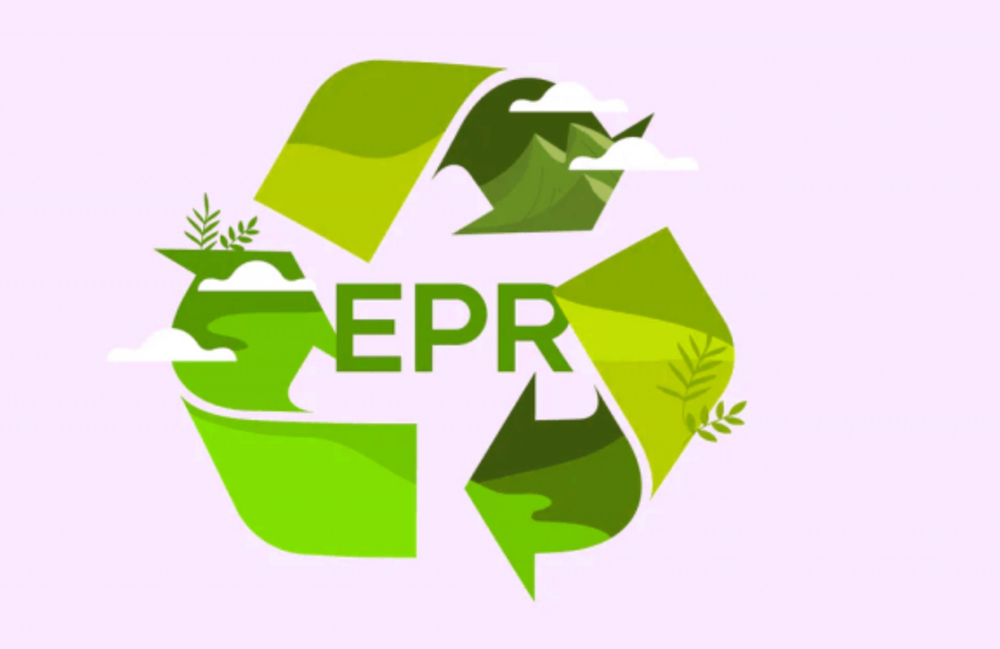
The drinks industry is now faced with new EPR rules on handling packaging waste costs with still no fixed costs from the government
Talbot said the rollout of the new EPR regulations could end up being “more disruptive” to the sector as a whole and is reflective of what he sees as a marked change in how private businesses now have to operate.
“For the first 20 years of my career there were not political forces directly impacting on how our business is run. Now we are seeing unprecedented change where it is not clear what the government wants to achieve. ERP is going to add an enormous amount of administrative burden and is a huge challenge,” he added.
It is also “stifling innovation” as there are now so many added factors to be taken into consideration, like duty and bottle weight, before you present any new ideas. That said it was using ProWein to unveil the new look for the Most Wanted range to mark its 10 year anniversary, which includes the use of a clear bottle for its red wines for the first time.
“There is only so much tragedy you can deal with in one go,” is how Porton confronts the issue of EPR and all its ramifications.
But he confirmed the Lanchester Group as a whole, including Greencroft Bottling, had done what it could to “plan” and “fulfil” what is required under the new packaging rules and regulations. But even now it still does not “really know” what the full cost and impact is going to be.
Working with suppliers and producers, he said, it is clear that there are some in the trade who are “all over the place” when it comes to implementing EPR and others “who are very well briefed”. “The big retailers, clearly, need to be fully abreast of it.”
But however well prepared you are “no-one knows what the final will cost will be,” he stressed.
And now the UK and international wine industry is waking to President Trump’s tariffs and just what that is going to mean in terms of which wines are sold where and for how much.
But if there is one industry capable of adapting, absorbing and finding new ways of doing business it is the wine sector. It is, though, being stretched in ways it has never been extended before and the numbers of ProWein may be down next year not just because people have chosen to go somewhere else than Dusseldorf, but because their business has been stretched to breaking point.

